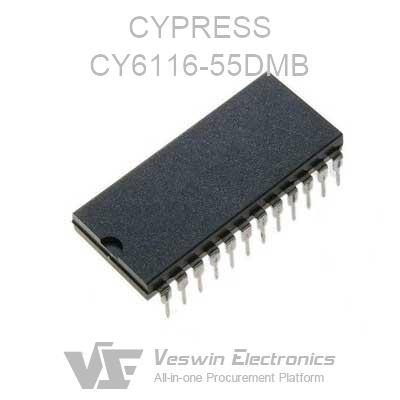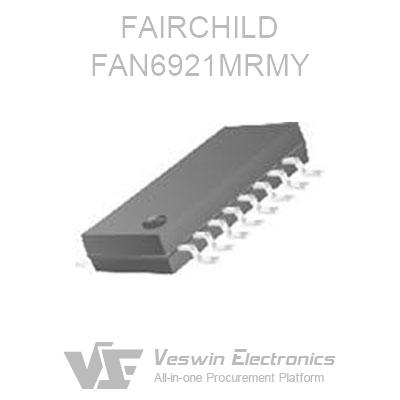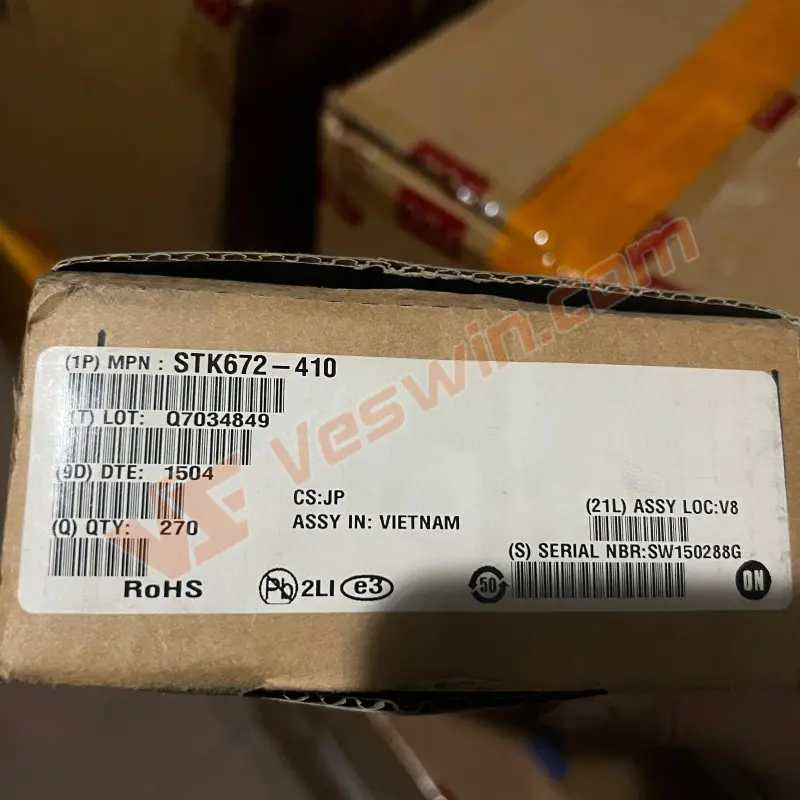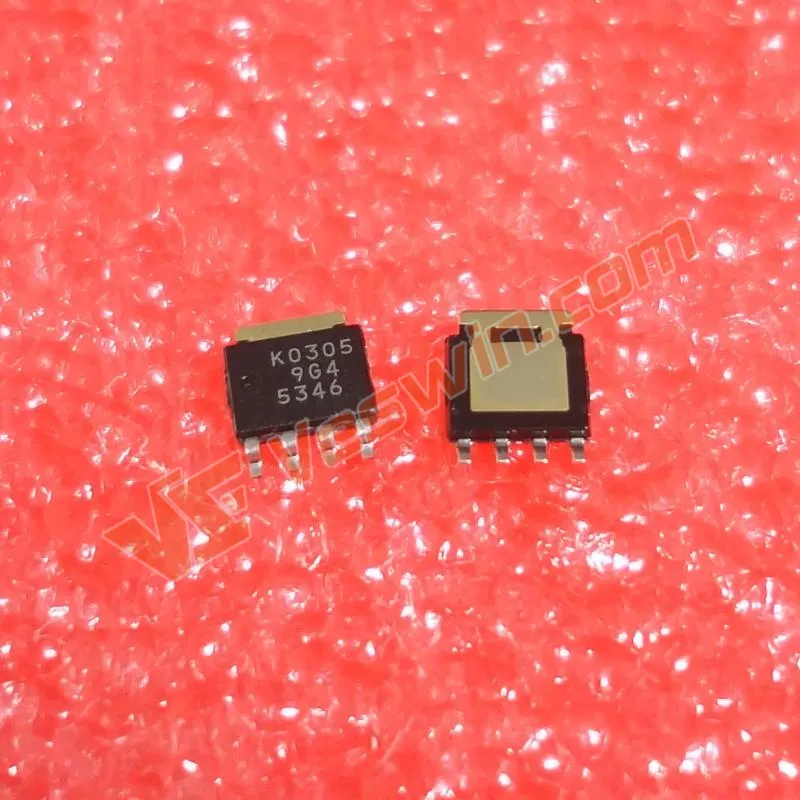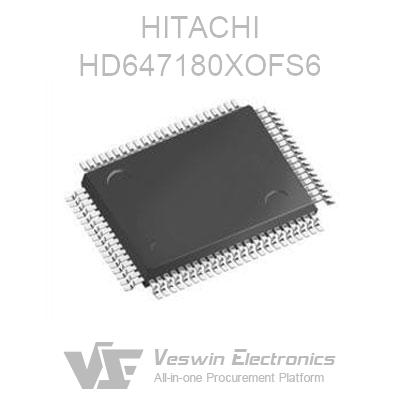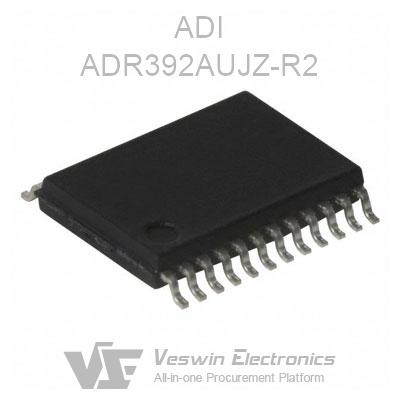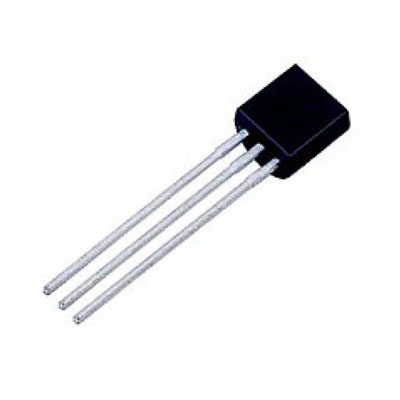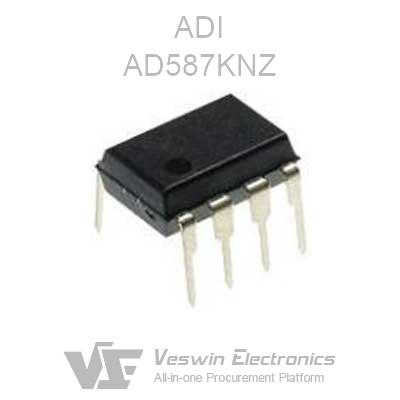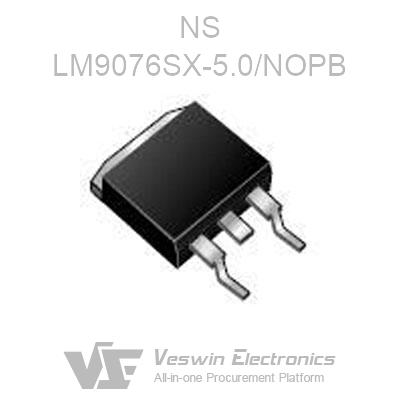Magnetic sensors are devices that detect changes in the magnetic properties of sensitive components caused by external factors such as magnetic fields, current, stress and strain, temperature, and light, and convert them into electrical signals. In this way, the corresponding physical quantities are detected.
Magnetic sensors are widely used in modern industrial and electronic products to measure physical parameters such as current, position, and direction by inducing magnetic field strength. In the prior art, there are many different types of sensors for measuring magnetic fields and other parameters.
Magnetic sensors are devices that detect changes in the magnetic properties of sensitive components caused by external factors such as magnetic fields, current, stress and strain, temperature, and light, and convert them into electrical signals. In this way, the corresponding physical quantities are detected. There are three types of magnetic sensors: compass, magnetic field sensor, and position sensor. Compass: The earth generates magnetic fields. If you can measure the magnetic field on the surface of the earth, you can use a compass. Current sensor: The current sensor is also a magnetic field sensor. Current sensors can be used in home appliances, smart grids, electric vehicles, wind power, and more. Position sensor: If a magnet and a magnetic sensor have a position change with each other, the position change is linear, which is a linear sensor, and if it is rotating, it is a rotation sensor.
Many magnetic sensors are used in big life, such as compasses, computer hard drives, home appliances and so on.
According to reports, the global market for industrial process control sensors alone reached $ 26 billion in 1995; the market for SV-GMR heads for computer HDDs exceeded 400 billion yen (about $ 3.4 billion) in 2001. If a new type of miniature magnetic sensor is used, the operation is simpler, the reliability is increased, the life of the device is increased, and the cost is reduced.
The use of new magnetic sensors can significantly improve the measurement and control accuracy. For example, using GMI (Giant Magnetic Impedance) magnetic field sensors, the detection resolution is the same as that of common fluxgate magnetometers, but the response speed is twice as fast, and the power consumption is only The latter is 1%; if a Hall device is used, its resolution is only 4A / m, and the required external field is more than 300 times higher than the former. In the stress detection, the sensitivity of the SI sensor is 2000 times higher than that of the common resistance wire, which is 20 to 40 times the semiconductor strain gauge. Industrial machine tools for hydraulic or pneumatic cylinder piston position detection, widely used magnetic sensors composed of permanent magnet rings and AMR elements on the piston rod, detection accuracy of 0.1mm, detection speed can be high or low speed within 0 ~ 500mm / s Transformation; After using GMI or SV-GMR sensor, the measurement accuracy can be improved by at least 1 order of magnitude. In the age of machine tool numerical control, digital magnetic rulers have helped designers achieve closed-loop control. The magnetic ruler with absolute signal output is not affected by noise, power supply voltage fluctuations, etc., and it is not necessary to reset the origin. Using the working state magnetic switch, you can also complete the conversion between manual and numerical control.
Rotary magnetic encoder plays a key role in the detection and control of the rotation amount. It is used in the position detection, transmission speed control of CNC machine tools, robots, and factory automation equipment. Indispensable important parts. The detection object is an optical magnetic pattern, which is not affected by oil mist and dust. Therefore, it has higher reliability and longer life than the most advanced optical encoders. It is especially suitable for automatic welding, paint robots and steel-related position detection, and various Applications in metal, wood, plastic and other processing industries. Optical encoders are still used in large quantities. Because this device is susceptible to dust, oil and smoke, it is used in the processing of automatic welding, paint robots, textiles and steel, wood, plastics, etc., and its reliability is extremely poor. The application of AMR, GMR, and GMI-sensitive rotary magnetic encoders does not have the above-mentioned shortcomings. Therefore, their annual market growth rate is more than 30%. It also has a wide range of application potentials in household appliances and energy-saving products, and it is also very useful in energy-saving and environmentally-friendly products. If a micro-magnetic encoder is integrated with the control microcomputer, it is more conducive to simplifying the control system structure, reducing the number of components and occupying space, which is of great significance in the precision manufacturing and processing industries.
The premise of environmental protection is the monitoring of various environmental parameters (temperature, air pressure, atmospheric composition, noise ...), which requires the use of a large number of sensors. Using a strong magnetostrictive amorphous magneto-elastic miniature magnetic sensor, it can measure the temperature and pressure of a vacuum or enclosed space at the same time, and it can remotely measure and remotely access without a connector. It has broad application prospects in food packaging and environmental science experiments.
Traffic accidents and traffic jams are a big problem in and between cities. At home and abroad, the development and construction of highway support road systems (AHS), intelligent transportation systems (ITS), and road traffic information systems (VICS) are being strengthened. In these new systems, high-sensitivity, high-speed response miniature magnetic sensors are of great use. For example, GMI and SI sensors with a resolution of 1nT can be used to form ITS sensors (for road signs on high-speed roads, measure wheel angles, and truck proximity distances). A variety of identification), parking lot sensors, acceleration sensors (measure the vibration of roads and bridges when vehicles pass).
Magnetic compasses have been used in navigation for centuries. According to some data, the Chinese started using natural magnets, a magnetite, to indicate the horizontal direction more than 2,000 years ago. Electronic compass (digital compass, electronic compass, digital compass) is an economical electronic instrument for measuring azimuth (heading angle). Today electronic compasses are widely used in automobiles and handheld electronic compasses, watches, mobile phones, walkie-talkies, radar detectors, telescopes, satellites, Muslim Mecca detectors (Muslim clocks), handheld GPS systems, pathfinders, weapon / missile navigation (Identification of dead reckoning), position / azimuth system, safety / positioning equipment, high-performance navigation equipment for automobiles, navigation and aviation, electronic game equipment, and other equipment that require direction or attitude display.
The earth itself is a large magnet. The magnetic field on the earth's surface is about 0.5 Oe. The geomagnetic field is parallel to the earth's surface and always points to the north. The GMR film can be used as a sensor to detect the geomagnetic field. Figure 5 shows how this sensor works. We can make integrated GMR sensors that can detect the X and Y components of the magnetic field. This sensor can be used as a compass and used as a navigation device on various vehicles. The NVE company in the United States has used GMR sensors in vehicle traffic control systems. For example, a GMR sensor placed next to a highway can calculate and distinguish vehicles passing by the sensor. If two GMR sensors are placed separately at the same time, the speed of the passing vehicle and the length of the vehicle can also be detected. Of course, GMR can also be used in toll booths on the road to achieve automatic control of tolls. In addition, high sensitivity and low magnetic field sensors can be used in aviation, aerospace and satellite communications technology. As everyone knows, with the development of wave absorbing technology in the military industry, military objects can be hidden by covering a layer of wave absorbing material, but they will generate magnetic fields anyway, so the hidden objects can be found out by GMR magnetic field sensors. Of course, GMR magnetic field sensors can be used on satellites to detect objects on the surface of the earth and the distribution of mineral deposits below.
In the smart home access control system, the door magnetic switch is responsible for whether the door magnet is energized, energized with magnetism (closed door), de-energized and demagnetized (open door), the door magnet is installed on the door and the door cover, and the switch is installed in the house. Door closers can generally withstand a pulling force of 150 kg.
Wired door magnets are more concealed for embedded installations. The induction of the opening and closing of doors and windows is suitable for wooden or aluminum alloy doors and windows to issue wired normally closed / normally open switching signals. The door sensor is used to detect whether doors, windows, drawers, etc. have been opened or moved illegally. It consists of a wireless transmitter and a magnetic block. The door magnetic system is actually the same as the bed magnetic principle.
Hot News
